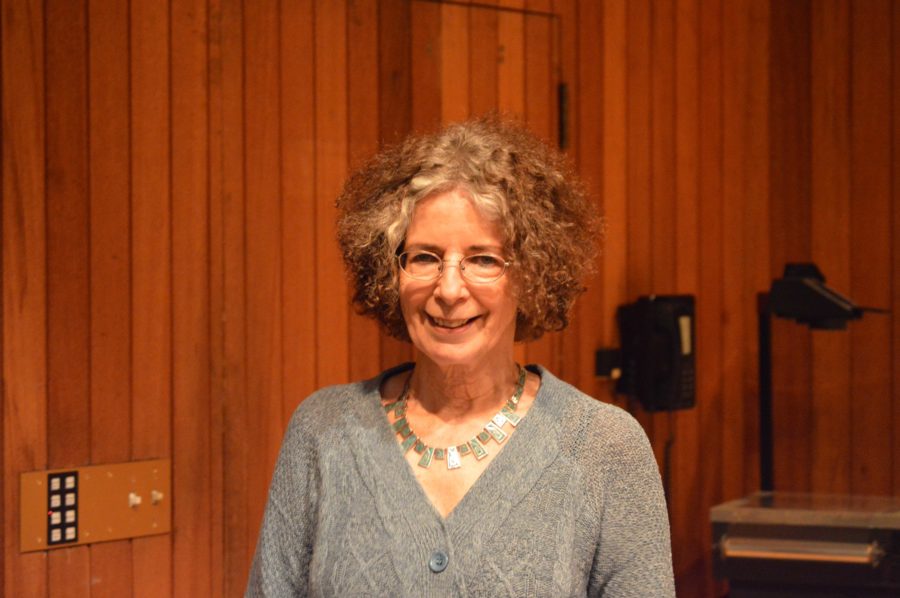Nuclear research has long been a polarizing issue in America: one side claims it’s the godsend of sustainable energy to save the world and the other points out possible meltdowns and radiation poisoning.
Most sources regard radiation as having a low-dose point where people no longer need to worry. Gayle Greene, professor of English at Scripps College and the author of a biography about Alice Stewart, warns that this is not the case.
“Radiation science has largely been kept under wraps,” Greene said during her lecture on Alice Stewart, the forerunner of the anti-nuclear movement. “You won’t read about it in mainstream media unless you go online.”
Greene’s lecture, held March 4 in Newman Auditorium, didn’t quite fill the house and most students appeared to be there because of a class requirement, yet the topic was certainly something everyone should be aware of.
Greene worked feverishly with Alice Stewart to finish her biography before Stewart’s death in 2002 after decades of radiation research and study at Cambridge University. Stewart started out brilliantly successful, one of a small handful of women attending Cambridge at the time, and was the only one with kids and a working family.
“She managed to combine family with her field of science,” Greene said. Stewart, a physician and epidemiologist, connected her family with her interest in radiation and disease in children.
After her sponsors dropped her because of her interest in proving low-dose radiation is just as harmful, if not worse, than high-dose, she became an independent scientist with no preliminary direction for her study. Greene pointed out that most scientists don’t have this luxury, having to conform to what their sponsors want out of the data versus what the scientist believes is important.
The consequences of her research from that point led to what has brought modern doctors to “ask if you might be pregnant when you get x-rays of any kind,” Greene said.
She gave insight into the Hiroshima and Nagasaki bombs that devastated Japan in 1945 and the subsequent research the American government dictated on the aftermath. American researchers treated the Japanese survivors “as a sort of living laboratory,” and were there “to study, not to treat.”
Greene said how the research was a “highly politicized body of knowledge,” with indications that they had been looking into high-dose radiation when they should have been looking further into low-dose. “That’s not the kind of radiation we are subjected to regularly,” Greene said as she turned the topic to focus on the Fukushima disaster just under two years ago.
On March 11, 2011 a powerful 9.0 earthquake hit the Fukushima nuclear reactor in Japan and created a disaster the likes of which Japan had not seen for 50 years.
Disabling the reactor-cooling systems, the earthquake and subsequent tsunami led to releases of radioactivity and triggered a 30-kilometer evacuation zone surrounding the nuclear sites. On April 20, 2011 the Japanese authorities called the 20-kilometer evacuation zone a no-go area that could only be entered under close government supervision.
When referring to this incident, most people end up citing Hiroshima and Nagasaki, “but Chernobyl is the one to look at,” Green said.
This connects back to Stewart’s research.
“I’m sure she would be testing the area around Fukushima if she was still alive,” Greene said.
“What I wonder of course is what’s coming up,” she said. “I mean, one wonders if it’s safe to eat fish anymore from the Pacific. There have been some real scare stories about radiation levels and what’s been swept out to sea.”


